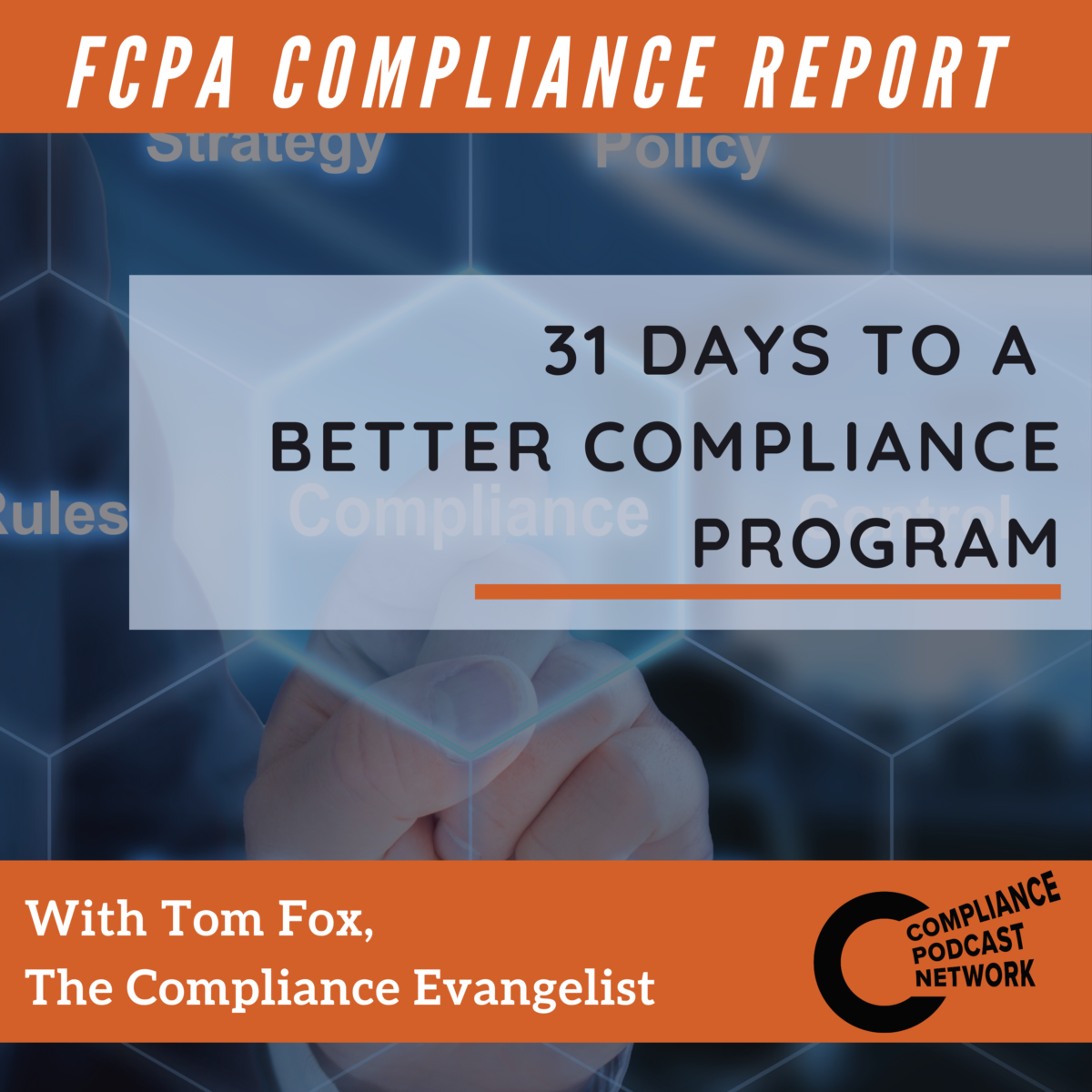Even with the Elon Musk defenestration of Twitter, one of the ways that CCOs and compliance practitioners can better use 360 degrees of communication is through this tool. In an MIT Sloan Management Review article entitled “How Twitter Users Can Generate Better Ideas,” authors Salvatore Parise, Eoin Whelan, and Steve Todd found that “employees with a diverse Twitter network – one that exposes them to people and ideas they don’t already know – tend to generate better ideas.” Their research led them to three interesting findings: 1) Employees who used Twitter had better ideas than those who did not do so; 2) There was a link between the amount of diversity in employees’ Twitter networks and the quality of their ideas; and 3) Twitter users who combined idea scouting and idea connecting were the most innovative. Their research certainly confirms the experience of Louis Sapirman during his time as CCO at Dun & Bradstreet.
The key concept for the compliance profession is the roles of Idea Scout and Idea Connector. An “idea scout is an employee who looks outside the organization to bring in new ideas. An idea connector is someone who can assimilate external ideas and find opportunities within the organization to implement these new concepts.” It is the ability to identify, assimilate and exploit new compliance ideas, which makes this concept so powerful. However, to improve your compliance innovation, “you need to maintain a diverse network while also developing your assimilation and exploitation skills.”
Twitter can be a powerful tool for the compliance practitioner. It is one of the only tools that can work both inbounds for you to obtain information and insight and in an outbound manner, where you can communicate with your compliance customer base and your employees. It would be best if you worked to incorporate one or more of the techniques to help you burn compliance into the DNA fabric of your organization.
Three key takeaways:
- Twitter can be a powerful tool for the compliance practitioner.
- Data mine Twitter for best practices and see what the regulators may be saying.
- Curiosity may have killed the cat, but it makes for a far better and more effective compliance practitioner.



